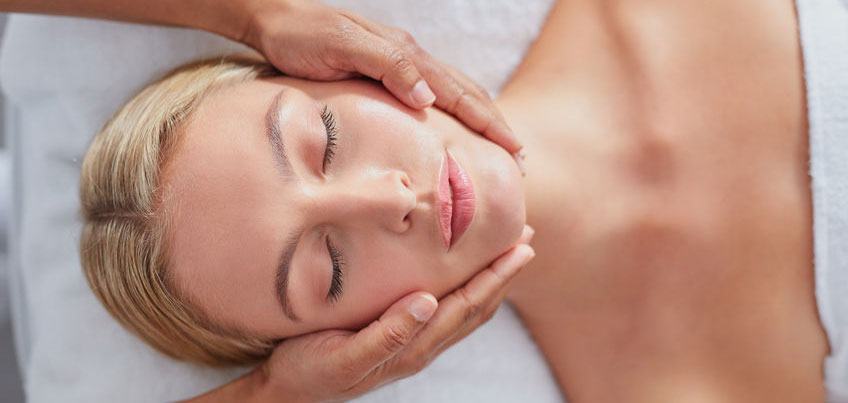LASER SKIN RESURFACING

As one of the most exciting and innovative scientific achievements to date, laser technology is being utilized throughout the health care community. We, at Alaska Oral and Facial Surgery Center, offer state-of-the art lasers for skin resurfacing and rejuvenation. Fractional CO2 laser resurfacing is one of the most popular laser treatment options for skin rejuvenation, treating wrinkles and treating acne scars today.
WHAT IS A LASER?
The word “laser” is an acronym, which stands for light amplification by the stimulated emission of radiation. A surgical laser, such as the CO2 laser, is a beam of light capable of removing unwanted tissue, such as scarred, lined, wrinkled, and otherwise imperfect skin. The laser vaporizes skin cells by emitting bursts of radiation that are absorbed by water in these cells. Laser light penetrates to a very precise, controlled depth, making the procedure safe and predictable, while reducing the risk of scarring or pigmentation problems. Laser skin resurfacing is bloodless, and is performed in our office under light sedation. As a result of this treatment, you are left with more youthful looking skin.
WHAT AREAS CAN BE TREATED THROUGH LASER RESURFACING?
Fractional CO2 Laser can treat all areas of the skin, including the face, neck, hands and body.
BENEFITS OF TREATMENT
- With the Fractional CO2 Laser, wrinkles, discoloration, including sun spots, brown age spots and hormonal facial discoloration (melasma) can usually be effectively treated
- Fractional CO2 Laser treatments allow the skin to be tightened, reducing skin laxity and folds
- With the Fractional CO2 Laser, future skin tightening procedures may be avoided or postponed
- Uneven discoloration, sometimes including areas that are too light, can be improved with the Fractional CO2 Laser
- Both red and brown spots can be improved using the Fractional CO2 Laser
- Precancerous lesions are reduced with the Fractional CO2 Laser
- Many patients have seen that after Fractional CO2 Laser treatment, scarring of all types including acne scarring, burn and surgical scars can be improved, sometimes quite dramatically
- The Fractional CO2 Laser helps to improve the appearance of stretch marks
- Large pores and skin roughness can be improved by using the Fractional CO2 Laser
- The Fractional CO2 Laser can also remove Syringoma, Sebaceous Hyperplasia and pimples around the eyes
- Fractional CO2 Laser treatments help to visibly diminish dark under-eye circles, puffiness, and fine lines/wrinkles by brightening and smoothing skin and promoting new collagen growth.
BEFORE THE PROCEDURE
Preparing your skin for Fractional CO2 Laser resurfacing is critical to optimizing your result and recovery. Retin-A, glycolic acid, Kojic acid and bleaching agents (hydroquinone) available through our office will help prepare your skin for the Fractional CO2 Laser resurfacing. They will reduce your risk of discoloration, speed healing, and optimize your cosmetic result. You should use these products consistently for at least six weeks prior to your procedure. After your skin heals from the laser, you should resume these skin care products throughout your period of redness.
THE PROCEDURE
Depending on your treatment plan, you may or may not need an escort to drive you home once the procedure is complete. Upon arrival, you are made comfortable, a topical numbing agent is applied and treatment begins shortly after, lasting roughly 20-35 minutes. During the treatment an intense beam of light will be used to treat a specific area of your skin. This laser vaporizes fractions of your skin, hence the name fractional CO2. This process promotes collagen generation and synthesis. As the wound heals, newer, smoother, tighter skin is formed.
WHAT CAN BE EXPECTED?
In most cases, only one treatment is needed. The initial redness fades in a few weeks to a light pink, which can be camouflaged with cosmetics. The discoloration usually disappears in one to three months. The goal of laser resurfacing is to enhance facial appearance. Expectations by the patient must be realistic and results should be anticipated as improvements rather than total corrections. Results of the surgery depend on many factors such as the size, shape, and location of the imperfection and the patient’s heredity, age, and general skin condition.
